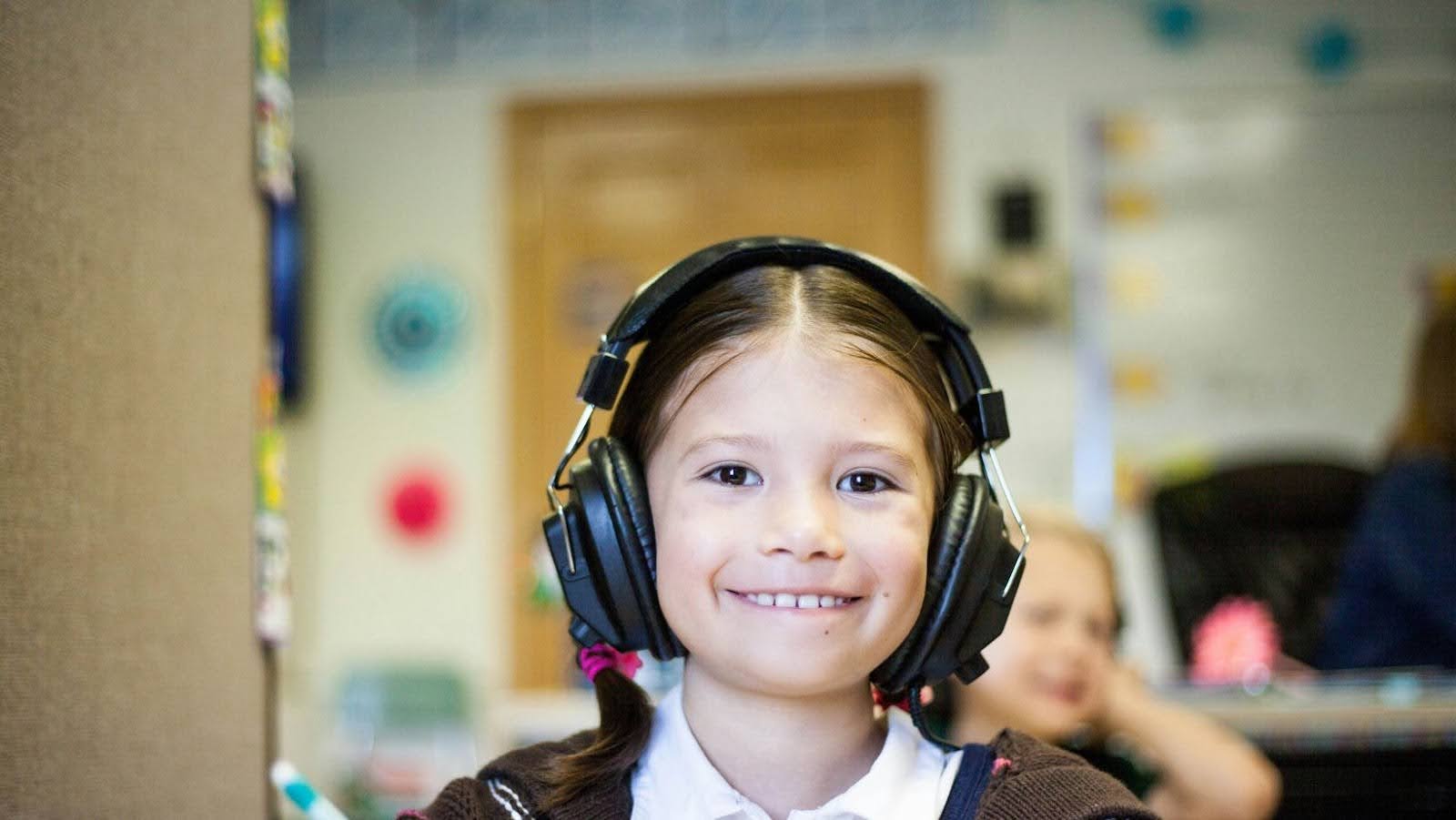Understanding the World Through the Lens of International Education
International schools around the globe are distinctly positioned to prepare students to navigate the intricacies of an increasingly interconnected and diverse world. Several unique characteristics of international schools equip students with a holistic global outlook and an unparalleled comprehension of different cultures. This is imperative in a world where knowledge and understanding of diverse traditions and perspectives are an asset.
Foremost, the curriculum in international schools is diverse, comprehensive and globally recognised. Students are not only taught the fundamental subjects such as mathematics, sciences, languages, arts, and humanities. They are often introduced to multiple languages and are educated in international history and global affairs. This expands their understanding of various disciplines and how they intersect globally, subsequently equipping them with cognitive flexibility, adaptability, and critical thinking skills. These attributes prove beneficial in a diverse world where pluralistic thinking and problem-solving skills are essential.
Diverse Environment in International Schools
The learning environment in international schools is an embodiment of diversity. These schools attract students from different nationalities, cultures, and linguistic backgrounds. Such a setting provides students with remarkable first-hand experience in interacting with peers from diverse cultures and backgrounds. They learn to negotiate linguistic barriers, appreciate cultural differences, and work harmoniously with peers who have entirely different worldviews. This experience is a microcosm of our dynamic world, hence preparing students to work in multicultural and multidisciplinary environments effectively.
An instance of how effective this method can be is demonstrated by how Bangkok Prep contributes to preparing students for a global world. This contemporary international school anchors its curriculum on cultural diversity, inclusivity, and global citizenship, ensuring that students receive a well-rounded education. At Bangkok Prep, students are not only schooled in academics but are also taught values such as respect for diversity, empathy, and intercultural understanding, which are key to thriving in a diverse world. The school emphasizes the importance of these values through various programs and activities that encourage students to engage with and appreciate different cultures. By fostering these principles, Bangkok Prep prepares students to make meaningful contributions to the global community. The school’s commitment to these ideals equips students with the skills and mindset necessary to navigate and succeed in an interconnected and multicultural world.
Integration of Modern Technology
International schools are at the forefront of embracing modern teaching methods and integrating technology into their curriculum. This integration not only enhances flexible learning and critical thinking but also teaches students how to leverage technology to solve problems.

By incorporating digital tools and platforms into everyday lessons, these schools create an interactive and engaging learning environment that adapts to the needs of individual students. In a diverse, fast-paced digital world where technology proliferates every aspect of life, being tech-savvy is no longer optional. Students at international schools graduate with a firm grasp of technology and how to utilize it responsibly and effectively, an essential skill in navigating the 21st-century world.
Extracurricular Activities
Extra-curricular activities offered in international schools also contribute significantly to preparing students for a diverse world. Engaging in activities such as music, athletics, drama, student-led groups and clubs, internships, and study abroad programs offers students the chance to develop their personal interests, leadership skills, and global awareness. Through these activities, students gain exposure to different cultures, traditions, cuisines, music, and languages, which broadens their cultural horizons and deepens their knowledge of the world. Participating in such diverse experiences helps students become more adaptable, empathetic, and open-minded individuals. This holistic approach to education ensures that students are well-equipped to thrive in an increasingly interconnected and multicultural global society.
Intrinsic Value of Cultural Exchange Programmes
Cultural exchange programs are a unique asset of international schools, offering students invaluable experiences that go beyond traditional classroom learning. These programs expose students to diverse cultures, traditions, and languages, thereby fostering their intercultural respect and understanding. By immersing themselves in different cultural settings, students develop their linguistic skills, enhancing their ability to communicate effectively in multiple languages.

This exposure also cultivates open-mindedness, as students learn to appreciate and navigate the nuances of various cultural practices and perspectives. As a result, they become empathetic citizens of the world, capable of uninhibited communication and collaboration in diverse settings.
In conclusion, educating in a diverse and global environment like that of an international school provides an unparalleled pathway in preparing students to seamlessly navigate the world’s complexities. Academic prowess, coupled with soft skills nurtured in these environments, contributes to creating global-minded individuals. Students are given powerful tools that will guide them in interacting with, understanding, and adapting to our diverse world. This intricate mix of fostering a global mindset, inclusivity, and cultural diversity is what sets international schools apart and ensures the success of their students in the diverse world.

